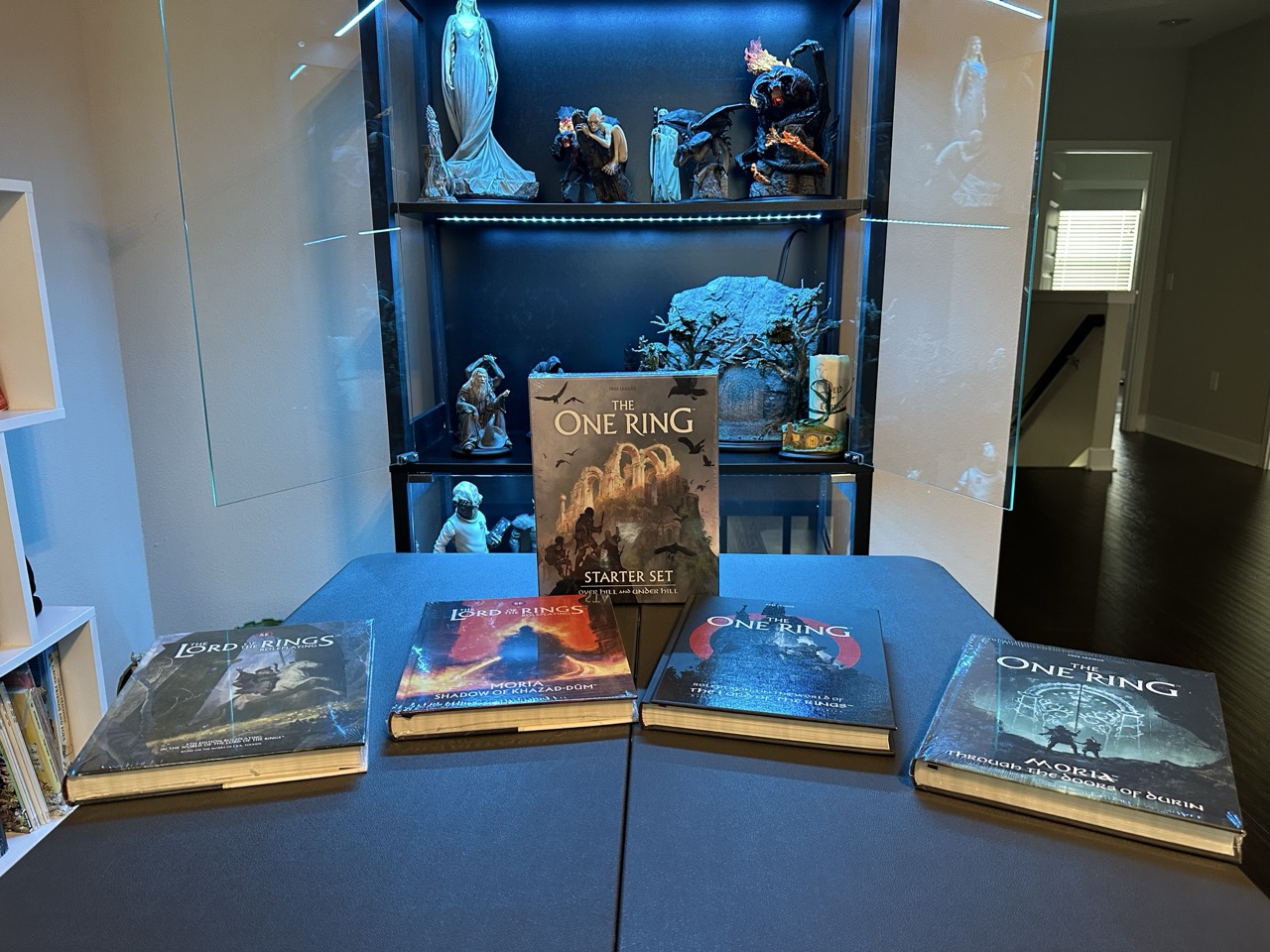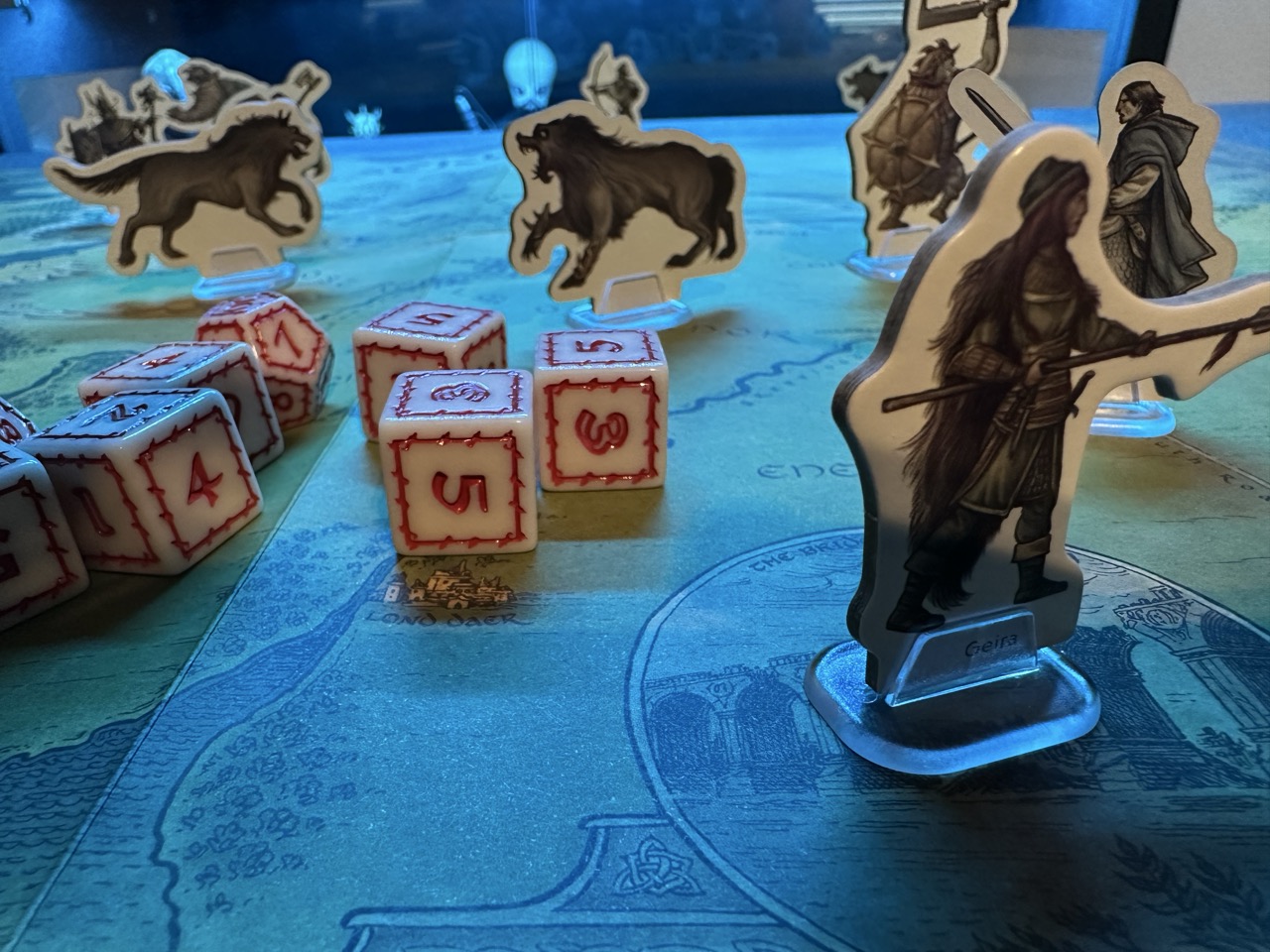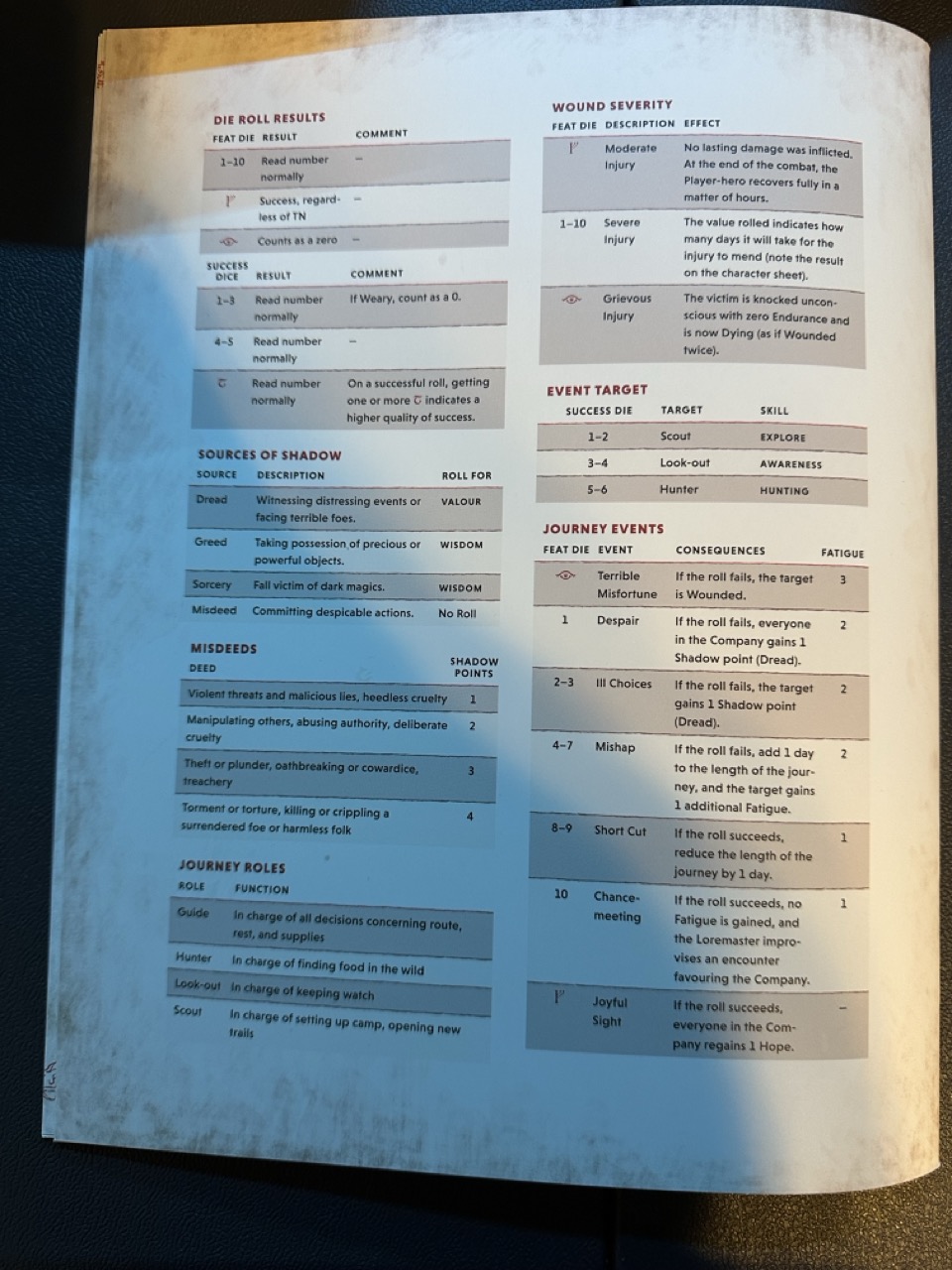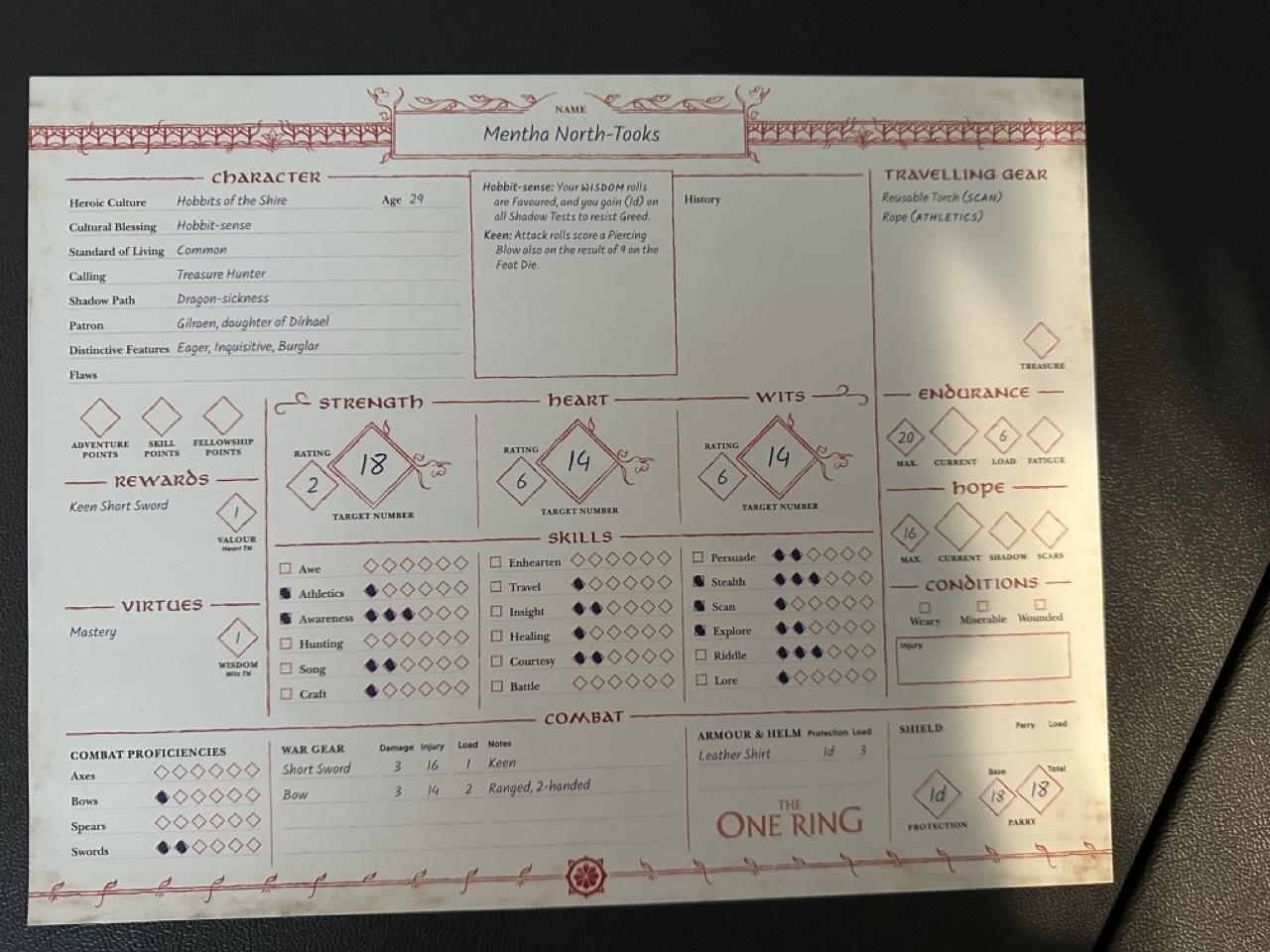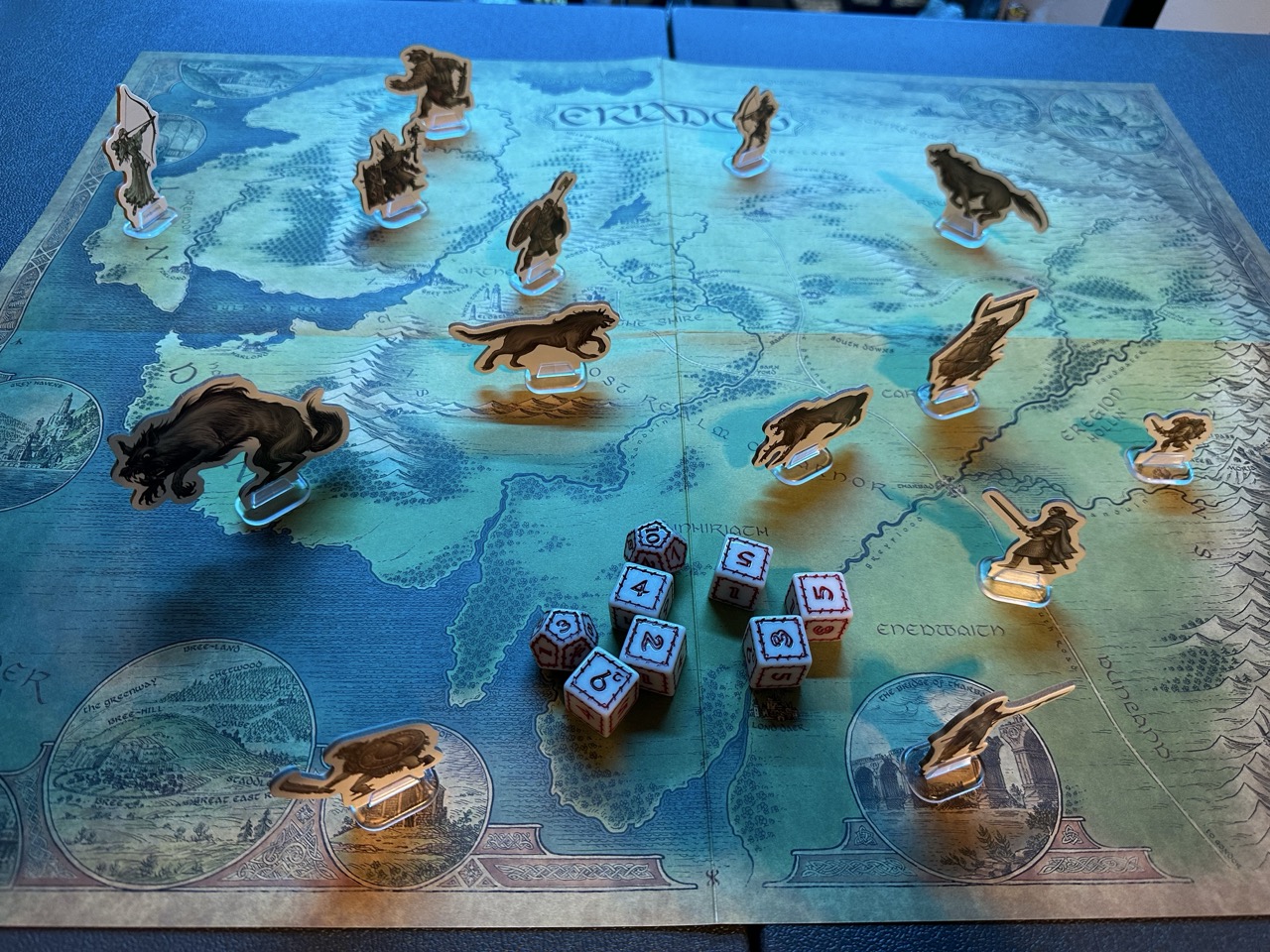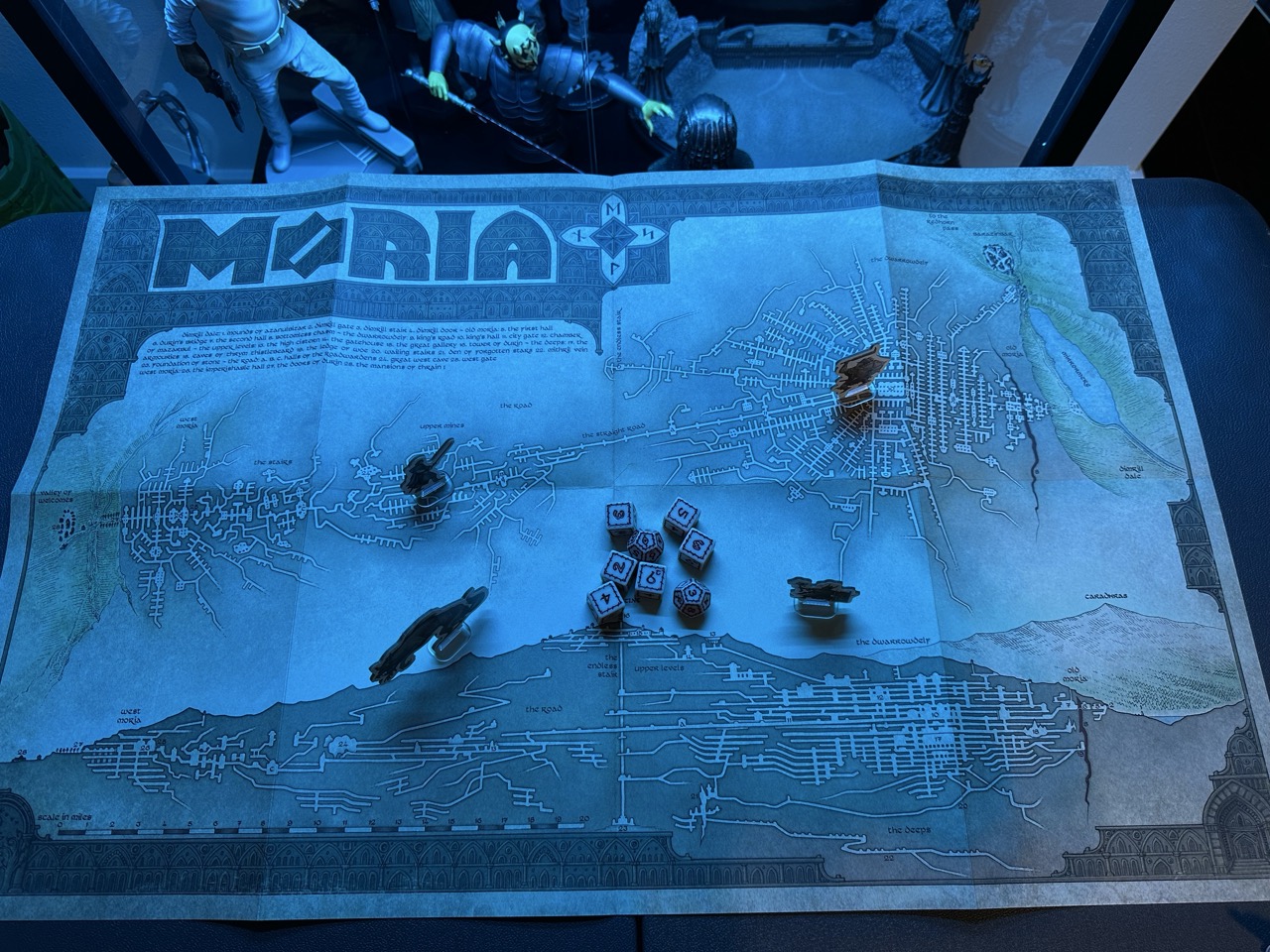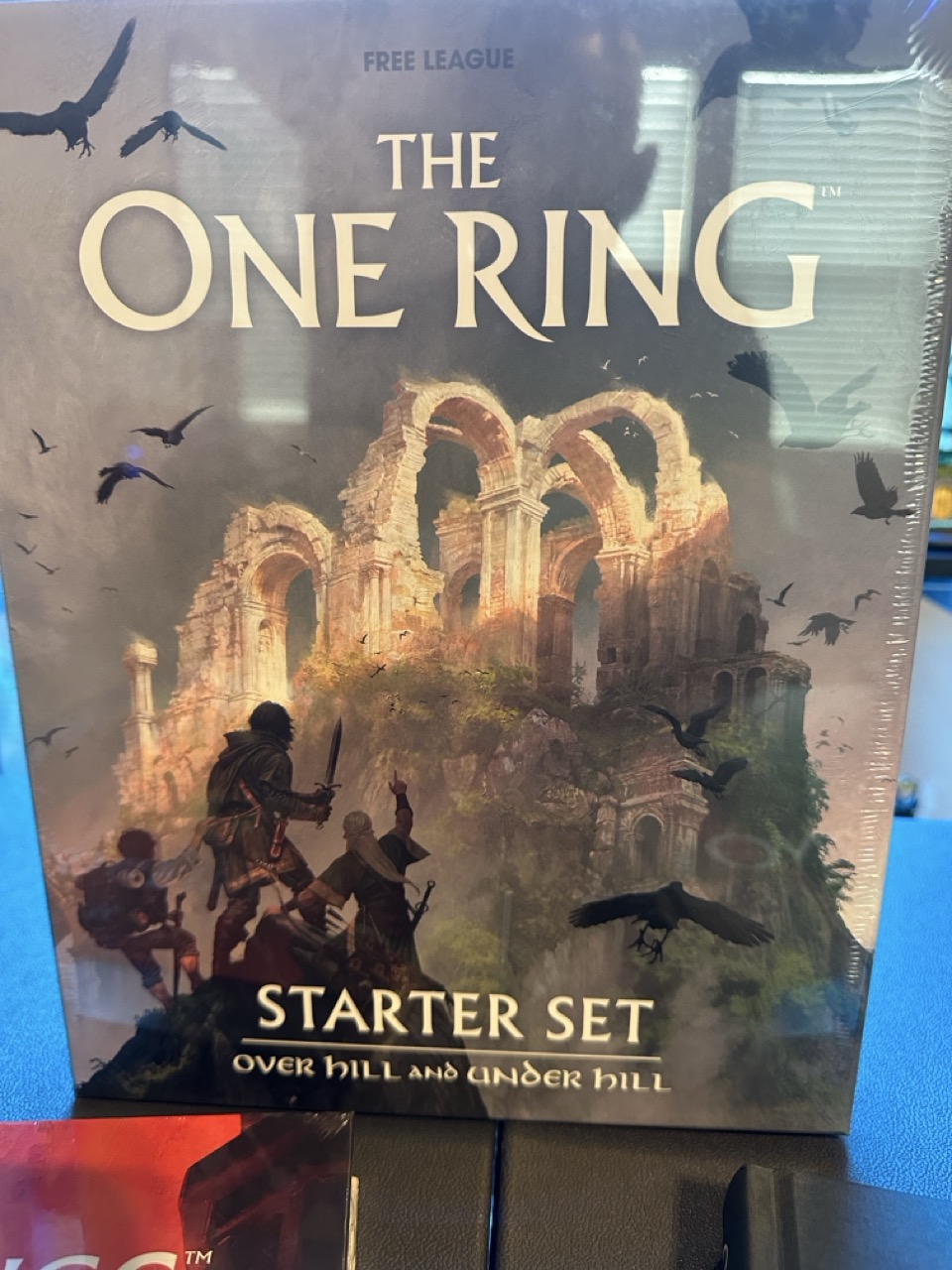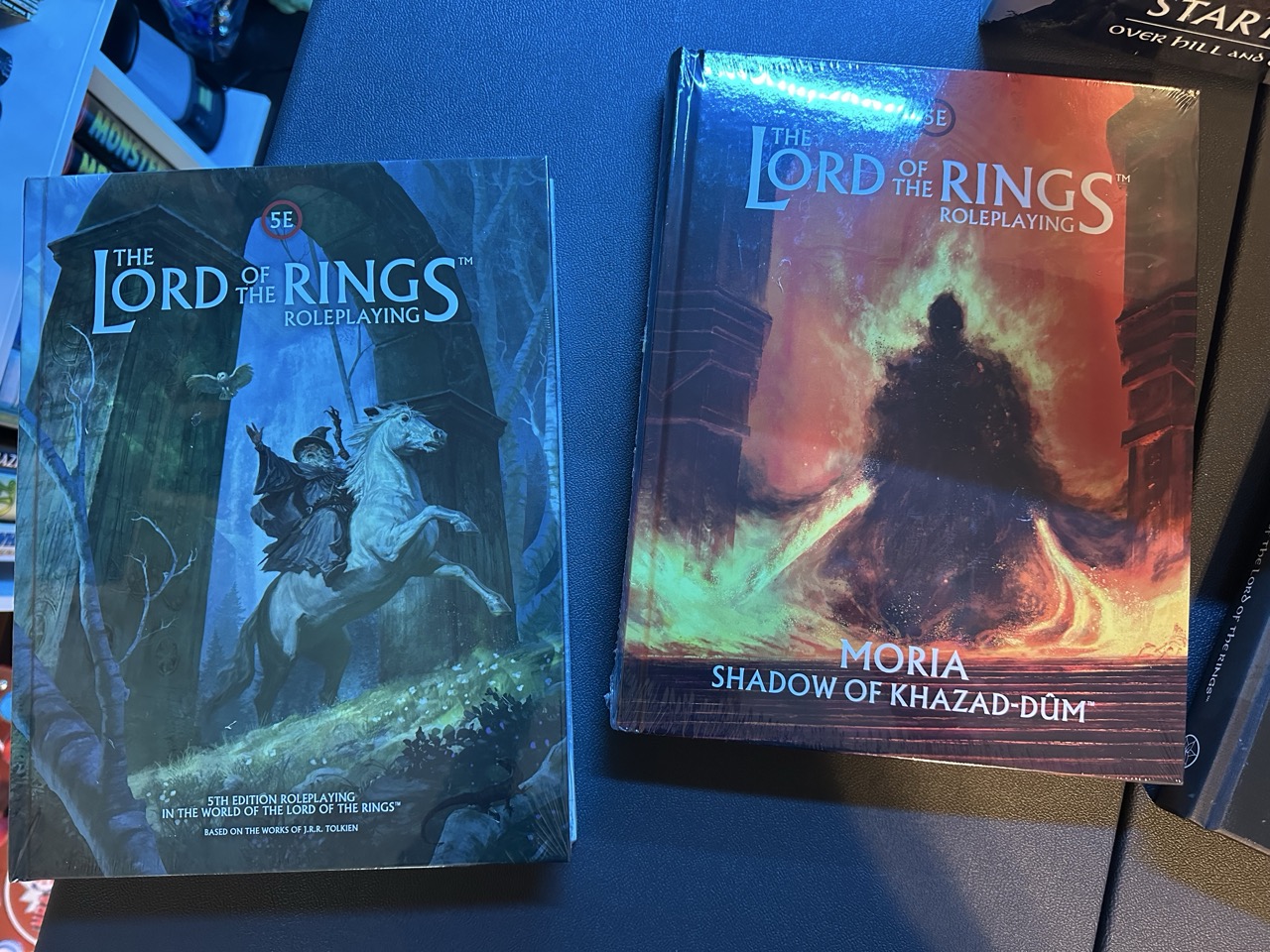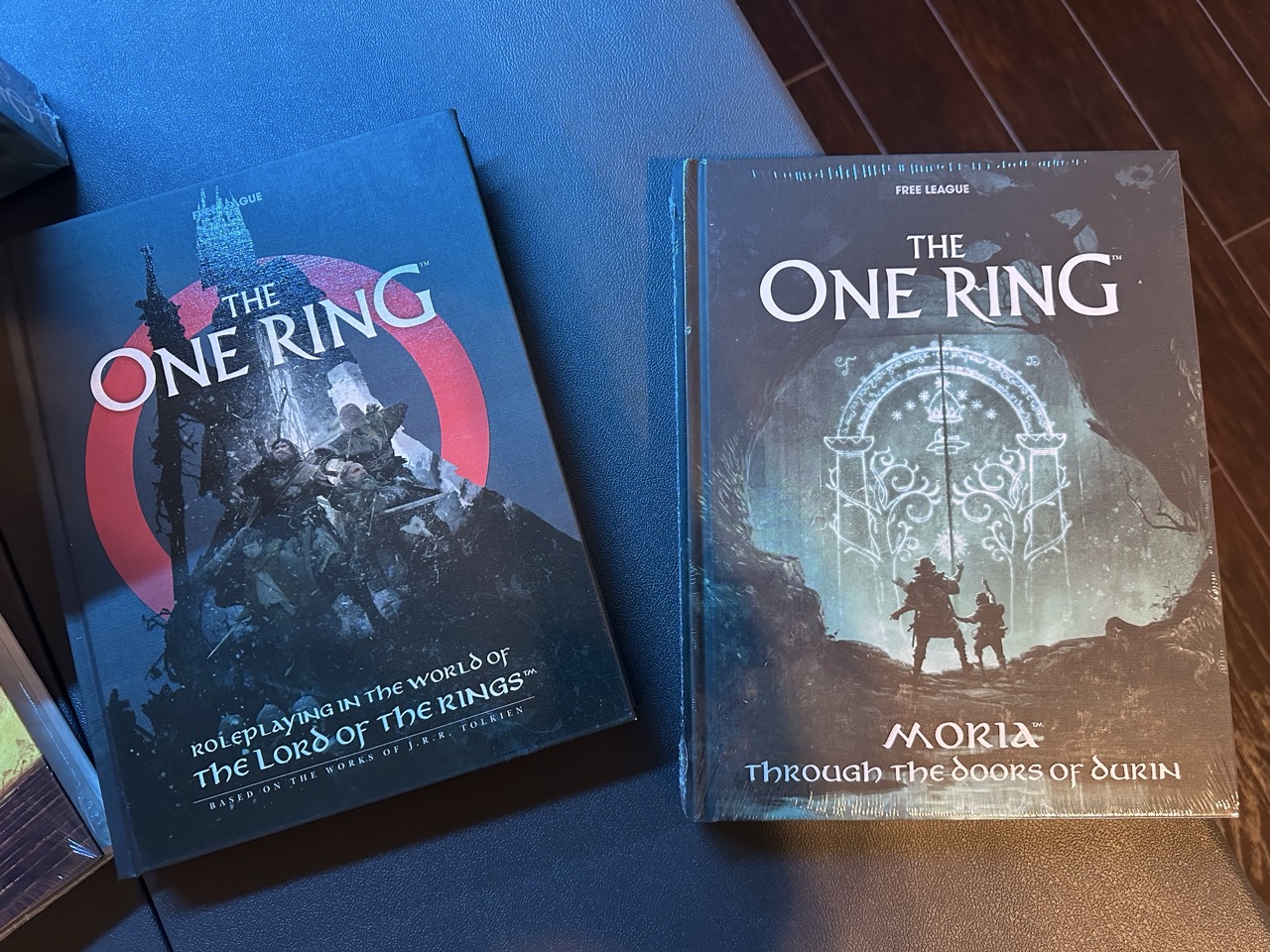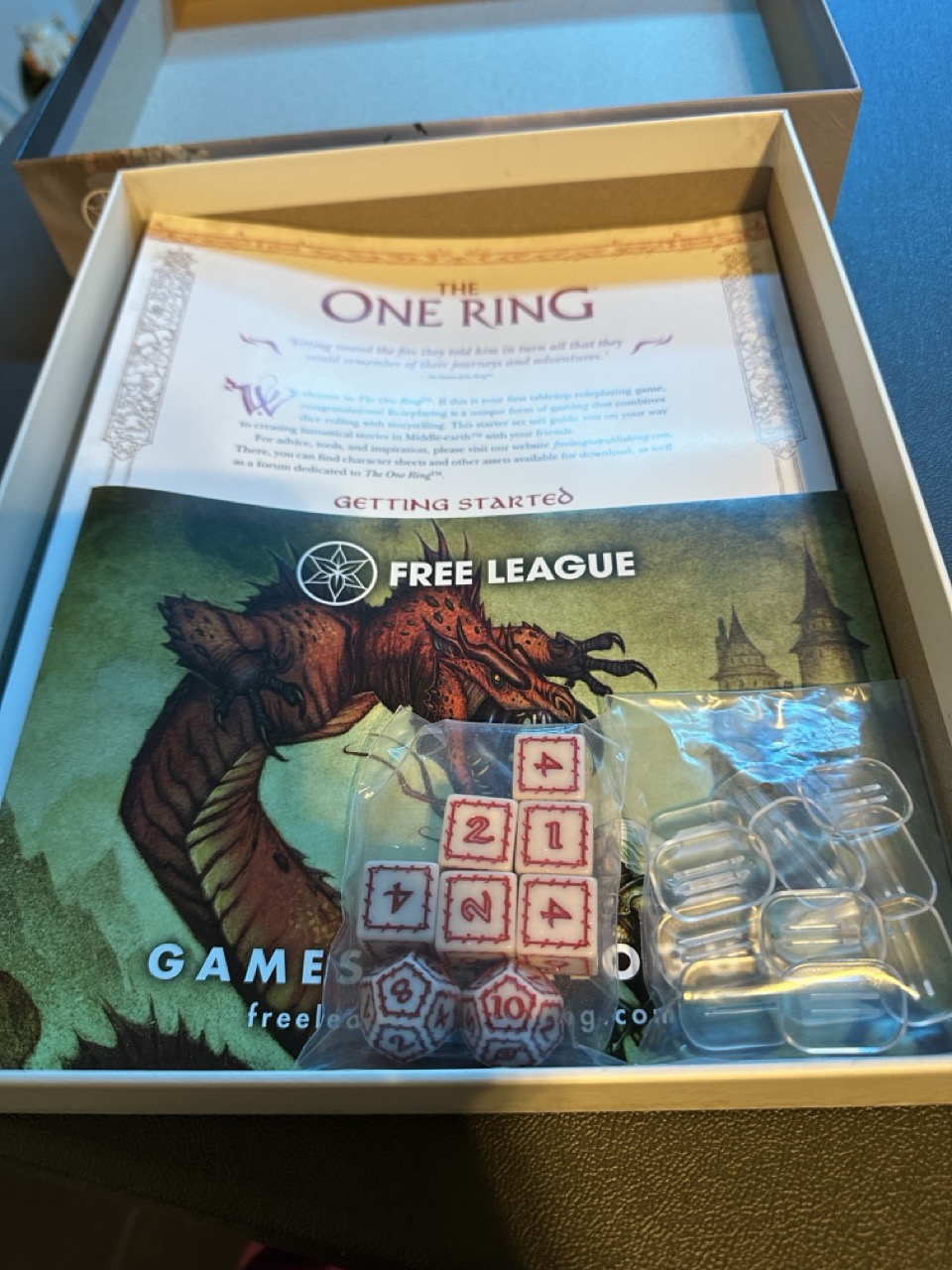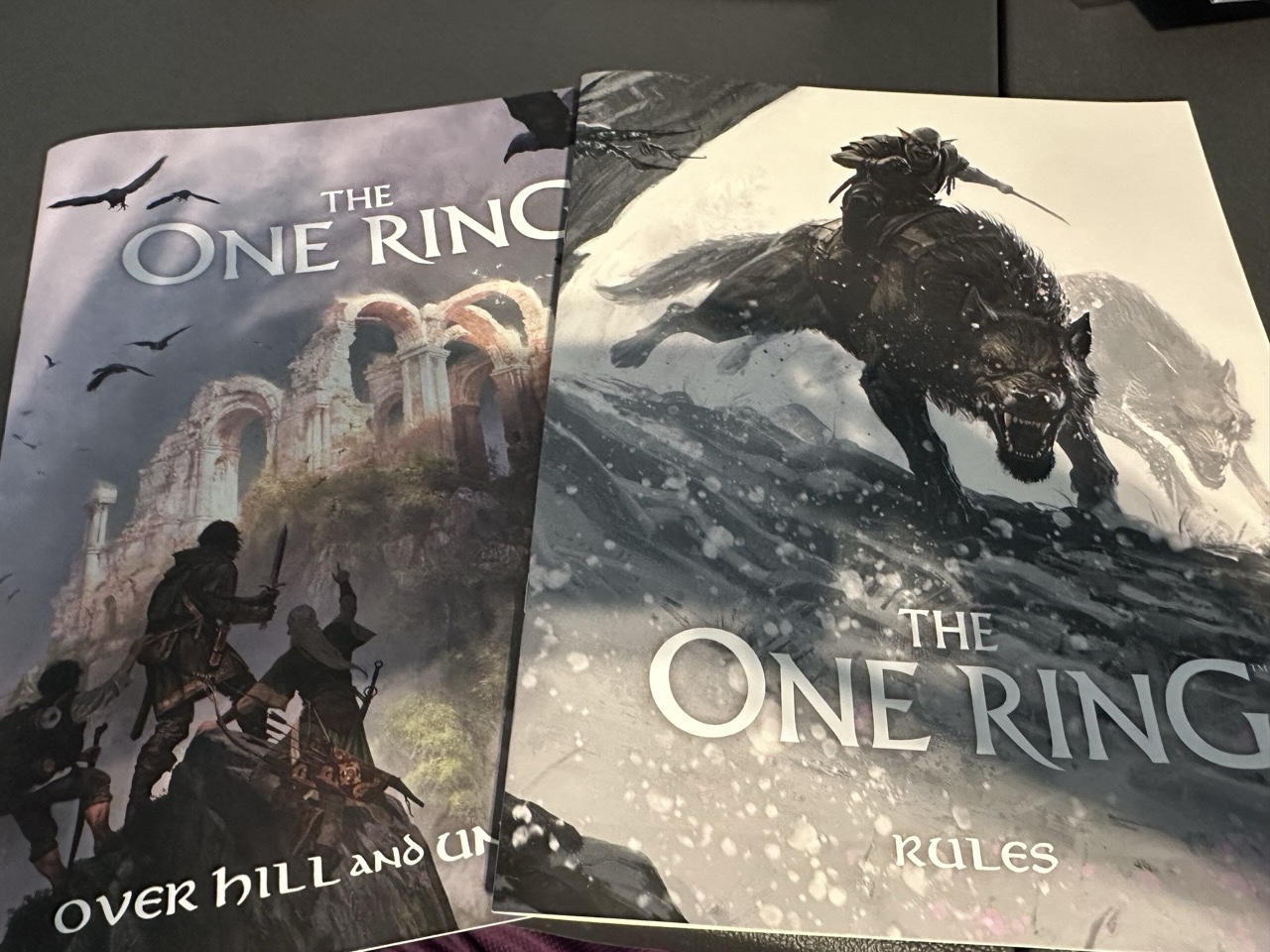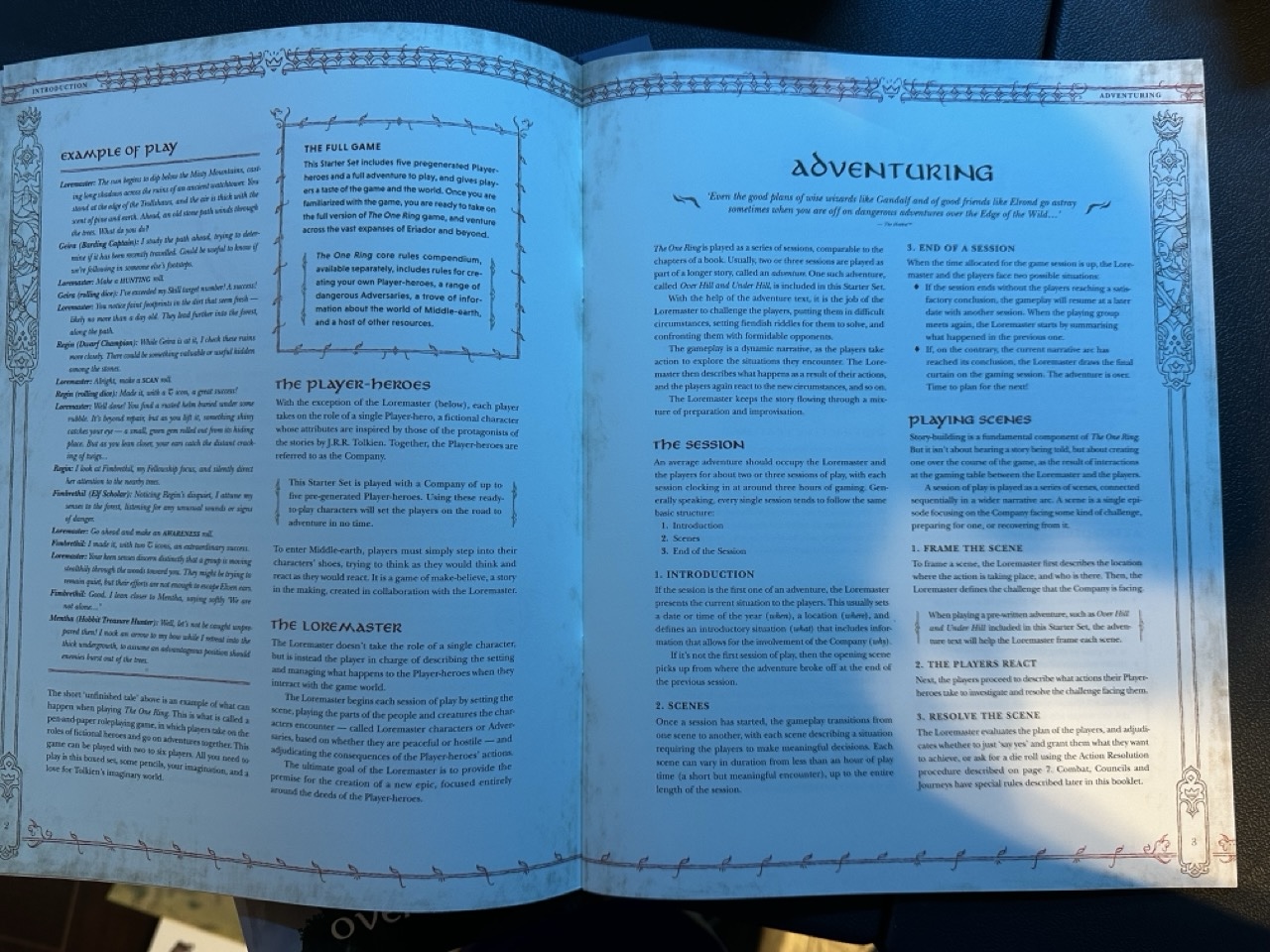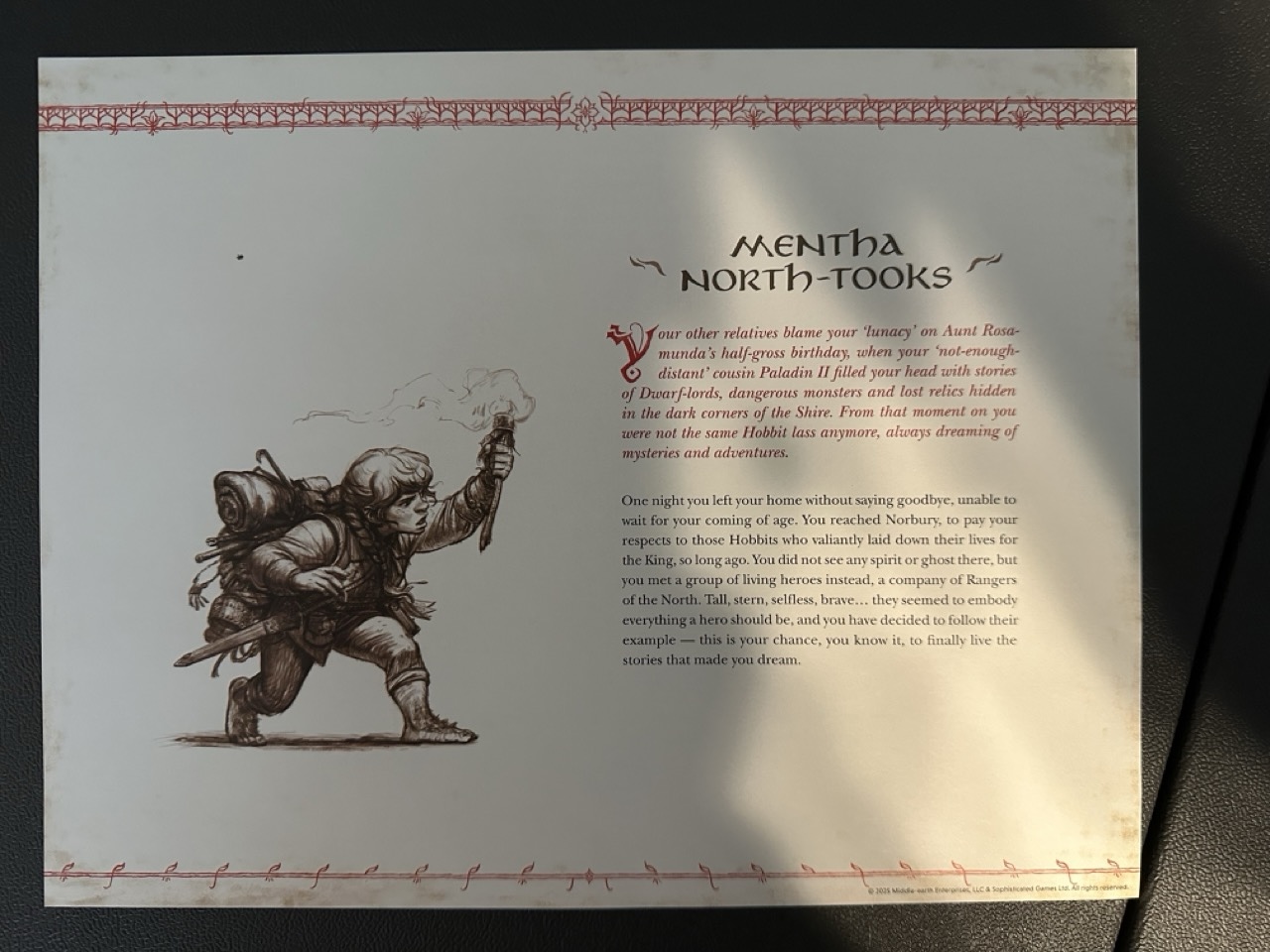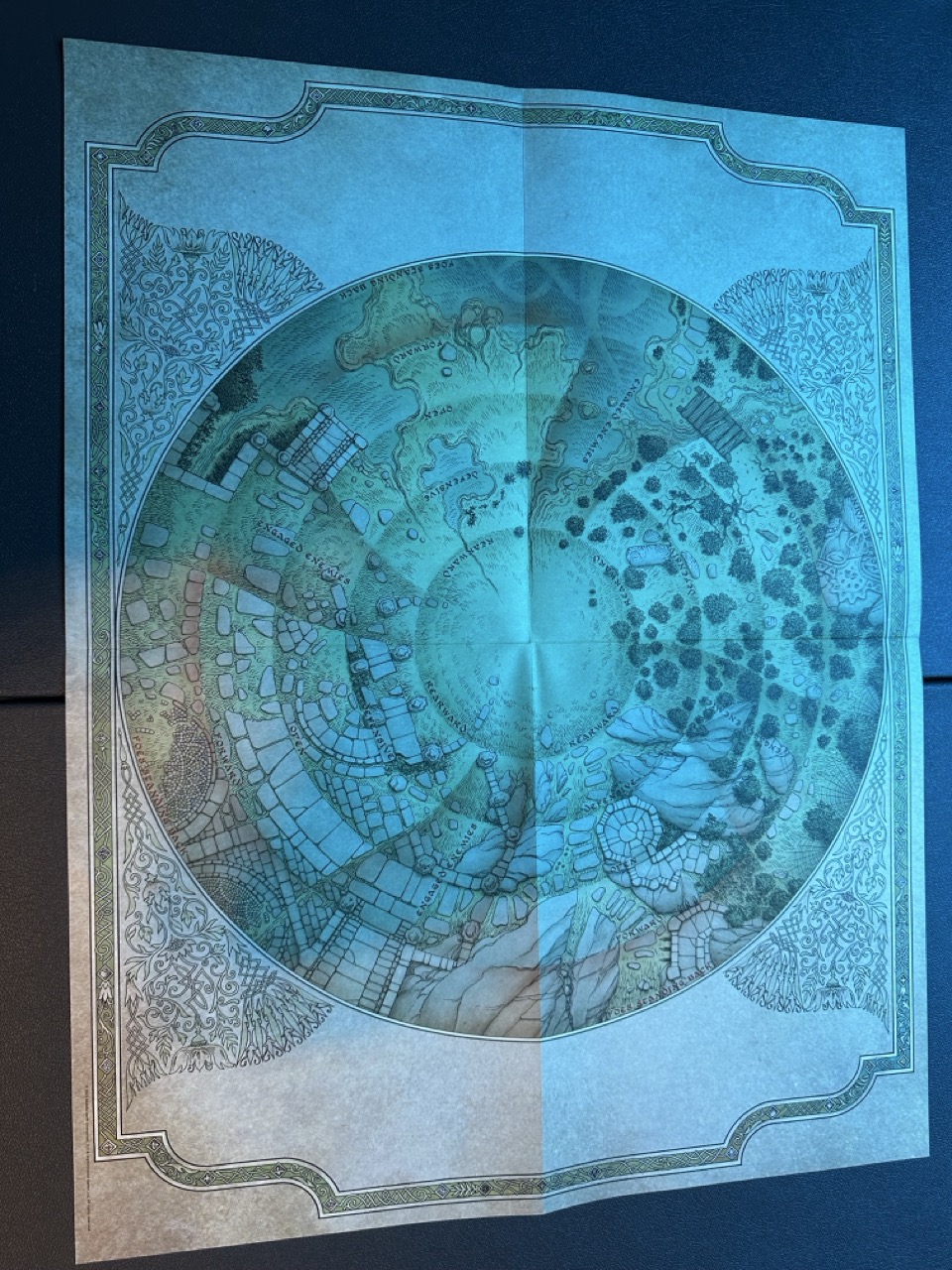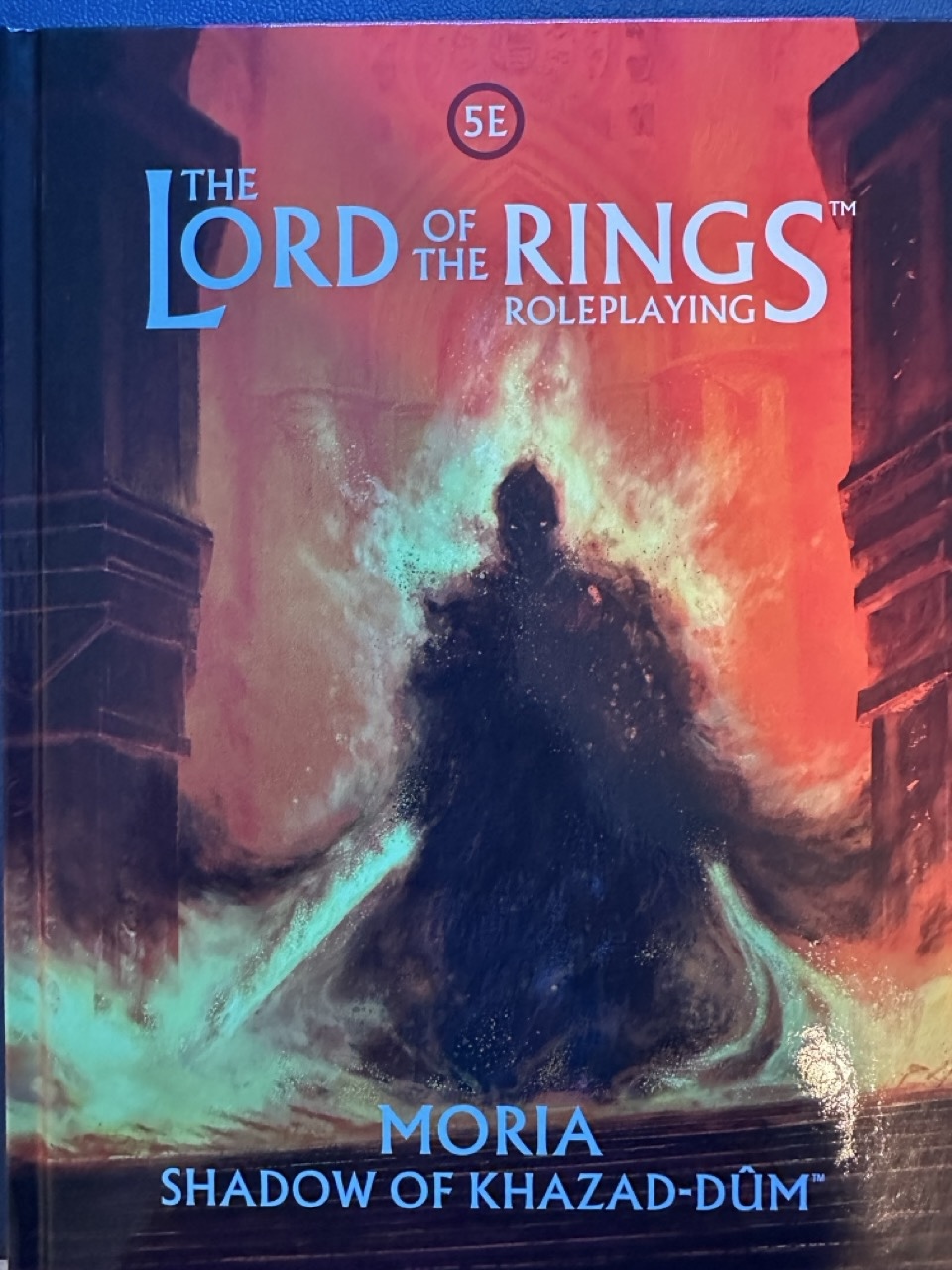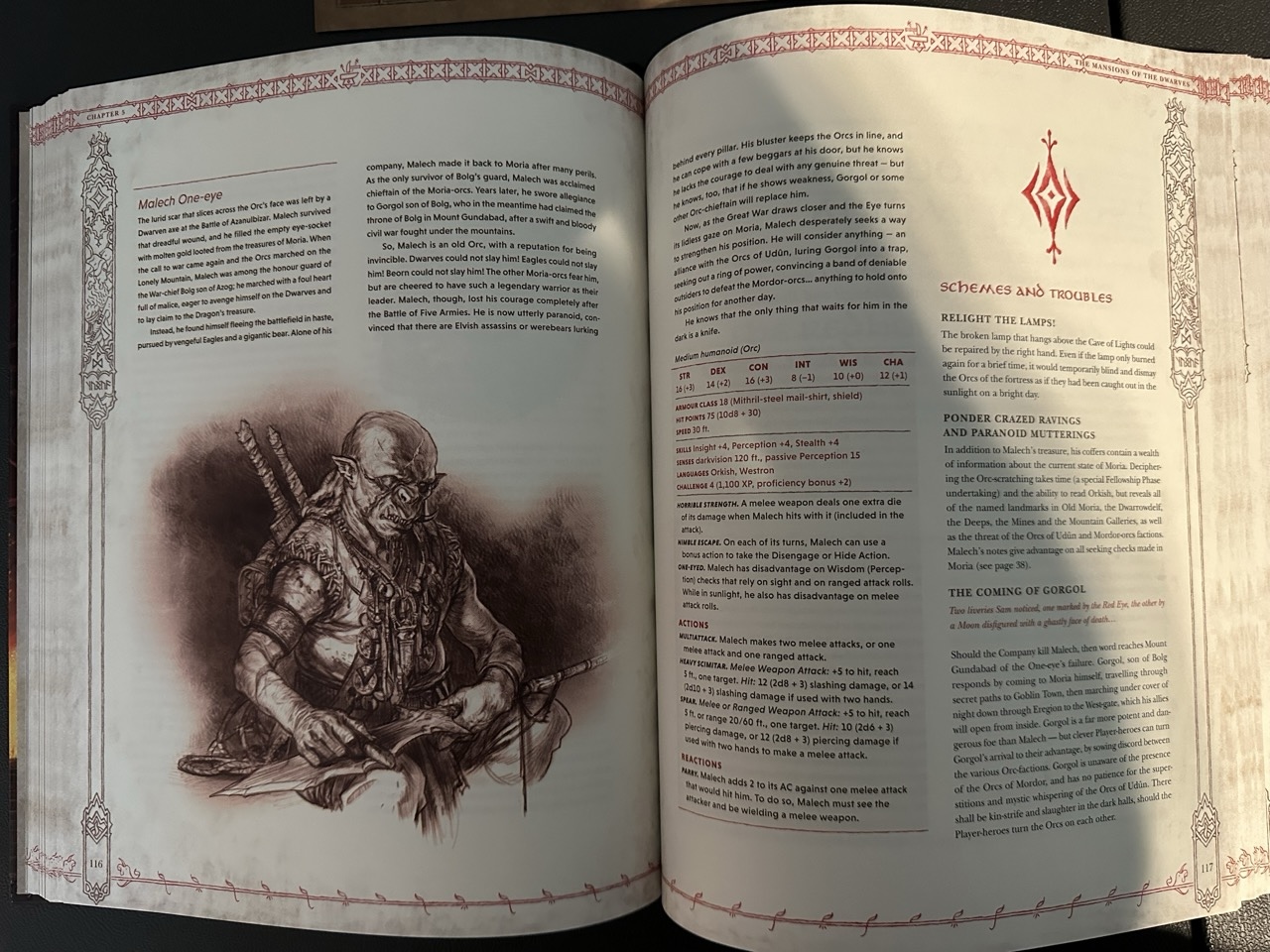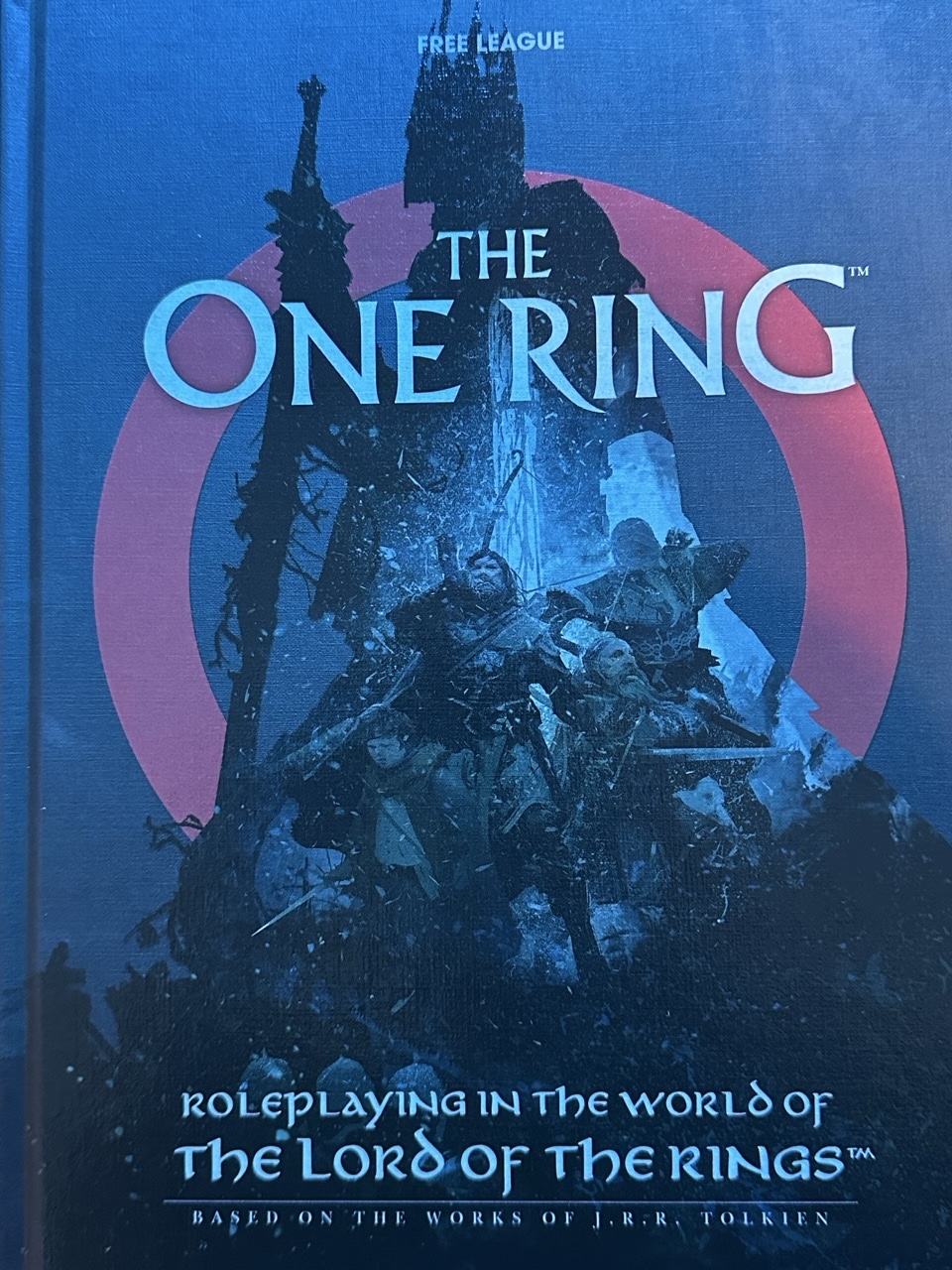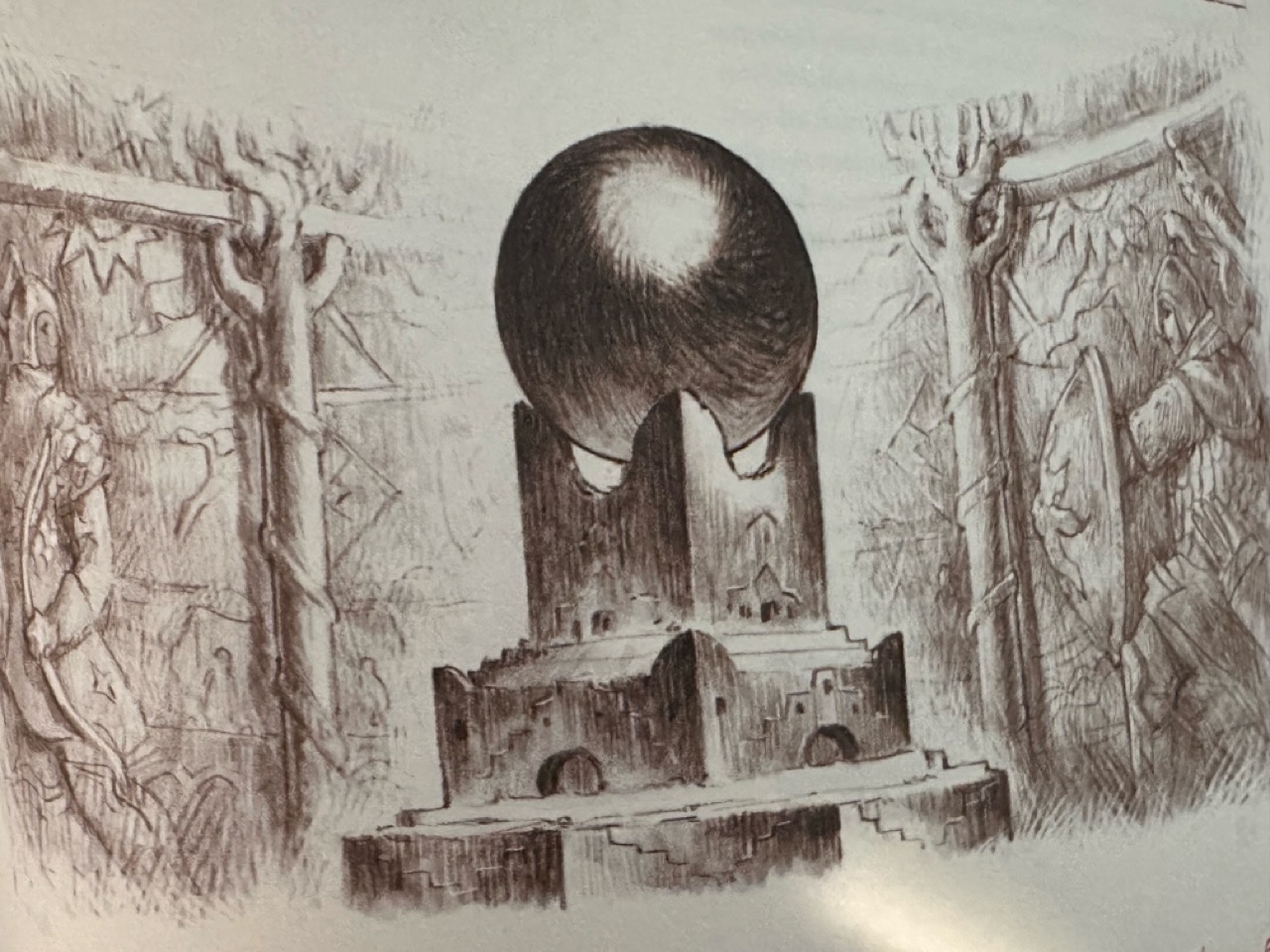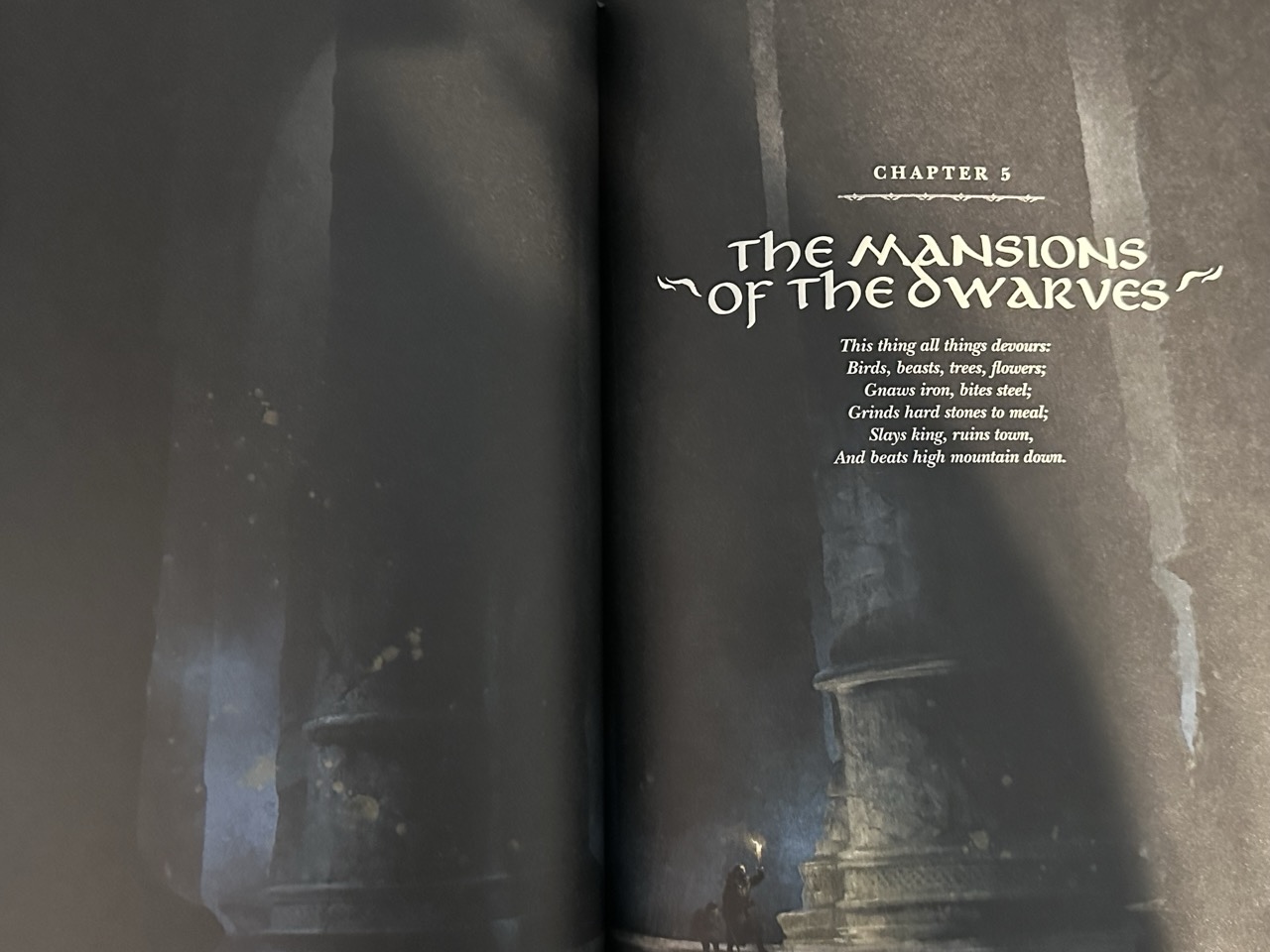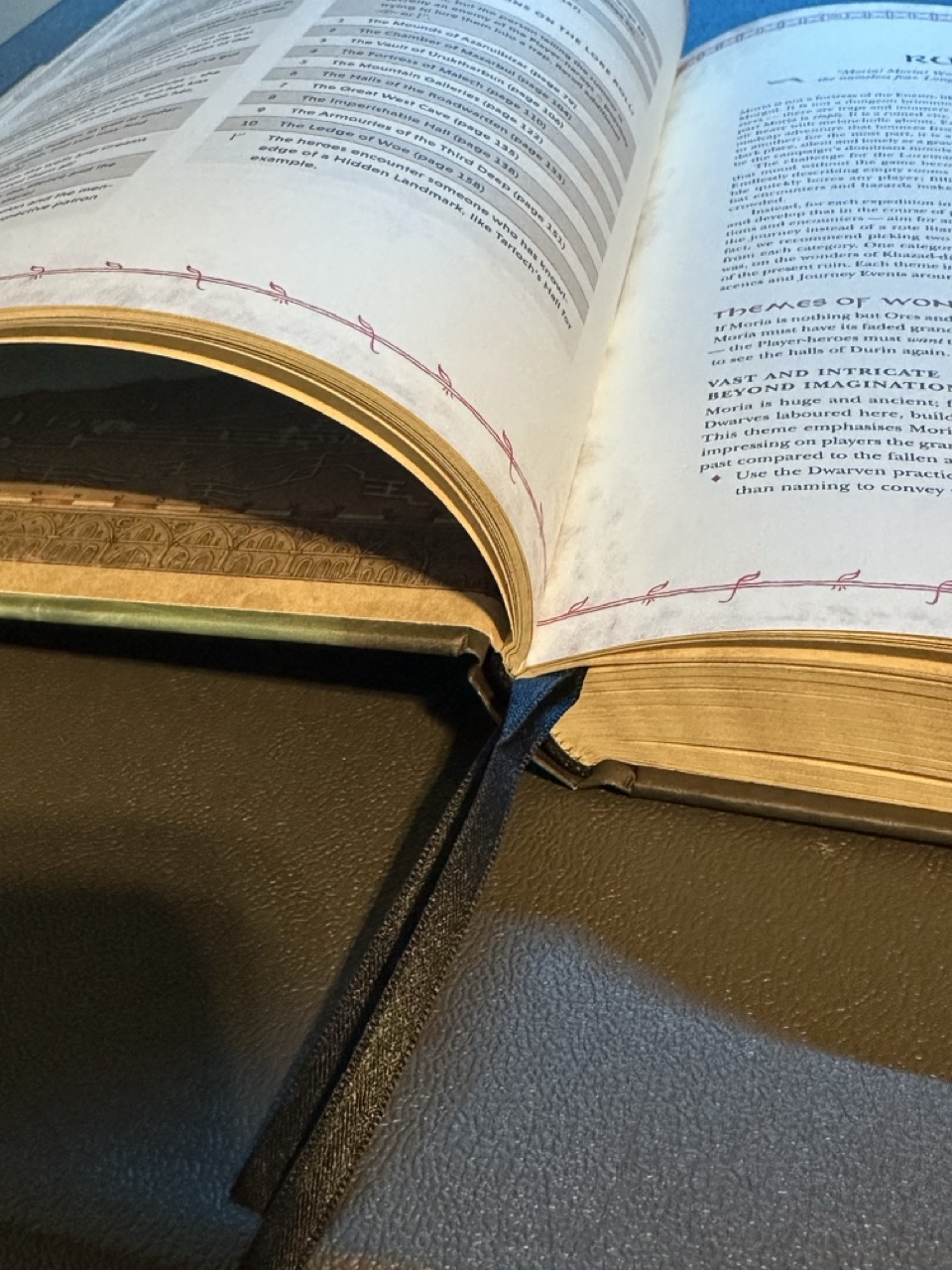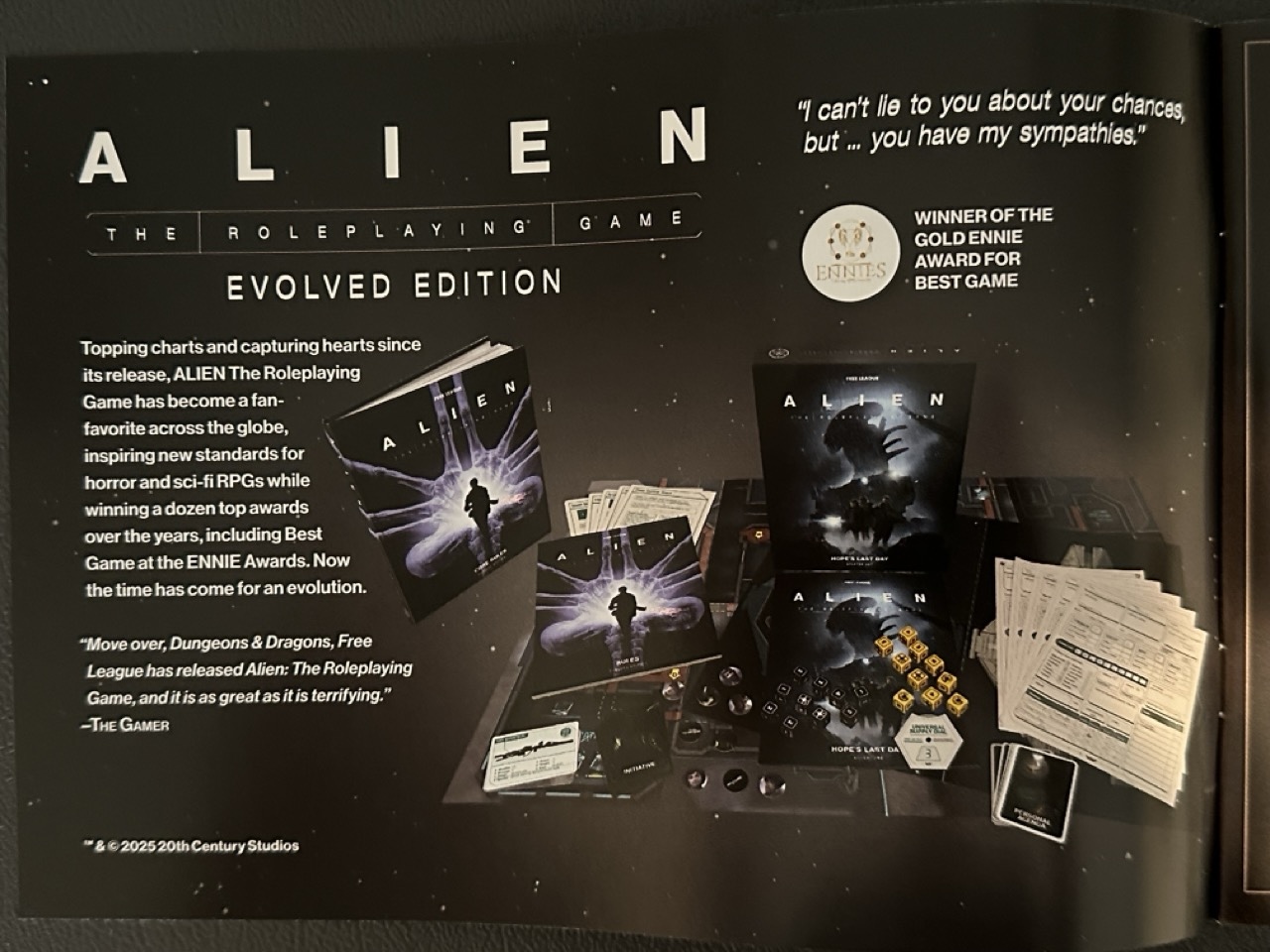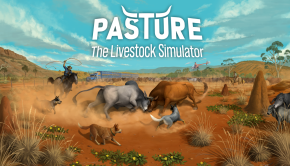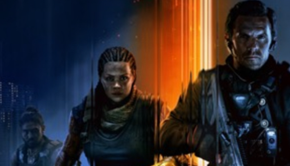Lord of the Rings: Roleplaying (Review)
Christmas came super early in 2025, as Free League Publishing hooked me up with Lord of the Rings: Roleplaying (LOTR) Overhill and Underhill Starter Set, The Lord of the Rings: Roleplaying 5th Edition, also add-ons The One Ring: Core Rules, Moria: Shadow of Khazad Dum, and Moria: Through the Door of Durin, respectively.
I must’ve been under a dragon hoard of gold having never seen/heard of these until now. The quality and depth behind these Free League offerings are absolutely incredible. Also and in comparison to more mainstream Dungeon and Dragons (D&D) sets and add-ons, attention to detail is certainly on par if not better here.
Big confession, however: I am not an avid D&D player, with the last time I rolled a D20 back in my early teenage years. Still, any gamer knows how awesomely deep Baldur’s Gate is, and there are tons of terrific sister video game titles that employ a D&D-esque rules and gameplay execution set.
If you’re an existing fan of D&D with a personal set of dice, then the LOTR tabletop will be like a warm Shire hug. Akin to D&D, a ‘Loremaster ‘guides all players through experience, with a core set of rules, classes, environments and adversaries dictating a range of options for story weaving. Each of the respective add-ons possess twists on some aspects of gameplay native to that specific tale thread, to include additional rule constraints and variations, new adventures, legendary characters and environments, and specific quests.
Still, some aspects of LOTR: Roleplaying are not D&D like, to include use of ‘patrons’ (famous LOTR characters that provide boosts), turn evolution, simultaneous party (versus ordered) actions, a ‘fellowship’ boost when encountering others along a journey, and gold not a commodity of preference (as characters have bigger quality of life matters like the Dark Lord of Mordor).
With massive disclaimers that I’m jumping into LOTR: Roleplaying 5th Edition cold (having missed the first four iterations), I’ll do my best in explaining how gameplay ensues. Note: I’ll be doing this mainly as someone obsessed with LOTR, owning an intermediate knowledge of videogame RPGs, and a tabletop playing dummy.
Story and Character Setup
For each gameplay turn, a Loremaster decides what rules to play from (either base book or add-ons) to build his/her universe. S/he frames a scene for players to respond to and off we go. Derived from a vast established Tolkien universe, each player will have a culture and calling indicating its core races. Attributes for each player mirror D8D, in strength,’ ‘heart,’ ‘wits’ and ‘wisdom,’ respectively. Players also possess unique skills native to his/her race, represented by ‘skill’ categories and ‘favored’ sub-category ones.
Similar to D&D, each player will sport combat proficiency from either axes, bowes, spears and swords. Logically dwarves will favor axes, elves bows, swords and spears for humans and halflings. Rounding out character traits are’ endurance,’ ‘hope’ and ‘parry’ skills, with hope a determinant of character ‘resiliency’ when things aren’t going too well for our fellowship clan.
LOTR: Roleplaying gear system echoes D&D, but also with a ‘useful item’ nuance specific to a character type. ‘Valor’ equates to a character’s courage, and can yield skill bonuses on successful roles.
Gameplay
In LOTR Roleplaying, characters will roll if/only when a Loremaster requests a particular action. Logistically, there are six 6-sided ‘success’ dice, two 12-sided with two ‘feat’ icons, and two (12-sided) dedicated only to feats. Each action can choose one of three character abilities: skill, combat or valor/wisdom rolls.
Each roll entails one feat roll plus a number of success roles equal to an ‘ability’ rating. Total results falling above a target number succeed, otherwise failure. ‘Favored’ role (for which a players possesses acumen in that task) or ‘ill-favored’ (when a limitation like miserable, wear of wounded present) will both indicate outcomes. ‘Shadow’ or ‘endurance/valor’ (options on the 12-sided dice as feats) will likewise impact. There’s more detail here, but at a risk of offending veterans, this a top level view for an action turn.
Combat is simultaneous but logically staged. When summoned by a Loremaster to action, ‘opening volleys’ occur, with ranged weapons at a logical advantage. Characters then select a ‘combat stance’ (forward aggressive, open cautious, defensive, or rearward behind a party). Players then ‘engage’ with the enemy, execute specific player-hero actions (intimidate foes, rally or protect comrades, or enter a rearward stance for next series).
Adversaries then respond, then the next series of attacks occur. When all hope is seemingly lost, adopting a rearward stance will require waiting for the next turn to escape, defensive immediate exit upon successful roll. Dying heroes must be revived with an hour of death or off to the Shadow they go.
Adversaries are scored by ‘attributes,’ ‘endurance,’ ‘might,’ ‘gate,’ ‘parry,’ ‘combat proficiency,’ and ‘fell’ (unique abilities).
Travel
Moving across Eribor is determined by aspects of ‘journey,’ with roles segmented as ‘guide,’ ‘hunter,’ ‘look-out’ and ‘scout,’ respectively. Once a journey path is determined, the Loremaster literally maps it out and off everyone goes. The journey map is separated by hexes (indicated by most RTS RPGs), and travel commences. Fatigue and terrain are factored into journeys, as are danger of location (Border, Wild and Dark land).
As you can likely resolve, this a fairly complicated system, and even watching dozens of YouTube videos and poring through all the guides en masse, I remain in need of an experienced Loremaster to walk me through with training wheels. Large party gameplay can take quite some time, as so much to factor in.
From a presentation perspective, the Free Publishing system is absolutely stunning. Artwork, attention to detail on everything including gorgeous binding and bookmarks, authenticity of each add-on and location, heroes/patrons, and enemies inherent, starting classes and their abilities, easy access to free download additional tools, fantastically drawn and provided maps for the Moria sets, and so much more.
I had wonderful déjà vu of purchasing add-ons for D&D back in the day, with the joy of poring through all the new paths, monsters, and challenges at my disposal as either player or Dungeonmaster.
As a Lord of the Rings fan, the Roleplaying game and all the add-ons gloriously check authenticity boxes. There are so many LOTR tabletop games out there, and this may very well be the one that most embraces the deepest aspects of Tolkien. Think of the LOTR Roleplaying game as what is happening, pre-, post- and during the book’s most compelling moments.
Despite what is amazing about this 5th Edition and all that accompanies it via add-on’s (again, thank you Free League Publishing!), I do wish there was more handholding. This series and engine would arguably be the perfect videogame, with some guardrails until the system mastered to allow more worlds, characters, quests and rule twists. Loremaster’s will have their work cut off for them, albeit a bit less complex if adopting a pre-made adventure in one of the add-ons.
Still, if you can master one of the Free League Publishing titles, the rest all open up. There’s a wonderful slew of licensed titles ranging from Aliens to Blade Runner and so many more.
Final Thoughts
Lord of the Rings: Roleplaying is an incredibly deep D&D style tabletop game with character customizations and features which capture Tolkien’s vision wonderfully. Be warned: the barrier of entry is quite high, but if you’ve mastered one Free League Publishing title, you can walk right into this series.



